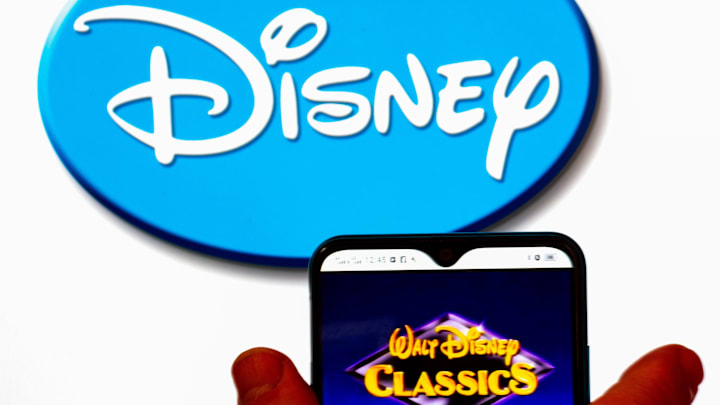The Evolution of Disney's Animated Classics

Disney's animated classics have evolved significantly over the decades, reflecting changes in animation technology, storytelling techniques, and cultural values. From the pioneering work of "Snow White and the Seven Dwarfs" to the groundbreaking achievements of "Frozen" and "Moana," Disney's animated films have set new standards for the industry and captivated audiences worldwide. The evolution of Disney's animated classics showcases the company's commitment to innovation and its ability to adapt to changing times while maintaining the magic and charm that have made its films beloved by generations.
The journey of Disney's animated classics began with the release of "Snow White and the Seven Dwarfs" in 1937. As the first full-length animated feature film, "Snow White" was a monumental achievement that showcased the potential of animation as a serious art form. The film's use of the multiplane camera, which allowed for greater depth and realism, set a new standard for animation. "Snow White" also established the template for future Disney films, blending romance, adventure, and musical elements into a compelling narrative.
The 1940s and 1950s were a golden era for Disney animation, producing some of the most iconic and enduring classics. Films like "Pinocchio," "Fantasia," "Dumbo," and "Bambi" demonstrated Disney's commitment to pushing the boundaries of animation and storytelling. Each film introduced new techniques and innovations, such as the realistic depiction of animal behavior in "Bambi" and the integration of classical music and animation in "Fantasia." These films set a high standard for quality and creativity, solidifying Disney's reputation as a leader in the animation industry.
The 1960s and 1970s marked a period of transition for Disney animation. Following the death of Walt Disney in 1966, the studio faced challenges in maintaining the same level of innovation and success. However, films like "The Jungle Book," "The Aristocats," and "Robin Hood" continued to delight audiences with their charming characters and engaging stories. The introduction of xerography, a new animation technique that allowed for more efficient production, helped streamline the animation process, though it also led to a more simplified visual style.
The Disney Renaissance, beginning in the late 1980s and extending through the 1990s, represented a resurgence of critical and commercial success for Disney animation. This era saw the release of films like "The Little Mermaid," "Beauty and the Beast," "Aladdin," and "The Lion King." These films combined traditional hand-drawn animation with cutting-edge technology, such as the use of computer-generated imagery (CGI) for certain scenes. The Disney Renaissance was characterized by a return to the classic fairy tale formula, enriched with memorable music, well-developed characters, and emotional storytelling.
The transition to fully CGI-animated films marked another significant evolution in Disney animation. The collaboration with Pixar and the release of "Toy Story" in 1995 showcased the potential of CGI animation and set a new standard for visual storytelling. Pixar's innovative use of technology and commitment to storytelling excellence complemented Disney's traditional strengths. This partnership resulted in a series of critically acclaimed and commercially successful films, including "Finding Nemo," "The Incredibles," and "Up."
In recent years, Disney has continued to innovate and expand its animated offerings. Films like "Frozen," "Moana," and "Raya and the Last Dragon" have embraced diversity and inclusion, featuring characters and stories that reflect different cultures and perspectives. These modern classics combine the magic and charm of traditional Disney films with contemporary themes and advanced animation techniques, resonating with audiences of all ages.
The evolution of Disney's animated classics also extends to the digital realm. The advent of streaming platforms like Disney+ has allowed Disney to reach new audiences and experiment with different formats, such as short films and series. This digital evolution has expanded the ways in which audiences can experience and enjoy Disney's animated content, ensuring its continued relevance and accessibility.
In conclusion, the evolution of Disney's animated classics reflects the company's commitment to innovation, storytelling excellence, and cultural relevance. From the pioneering work of "Snow White and the Seven Dwarfs" to the groundbreaking achievements of "Frozen" and "Moana," Disney's animated films have set new standards for the industry and captivated audiences worldwide. The enduring appeal of these classics highlights the power of animation to tell compelling stories and create lasting connections with audiences. Disney's animated classics continue to evolve, promising new adventures and magical experiences for generations to come